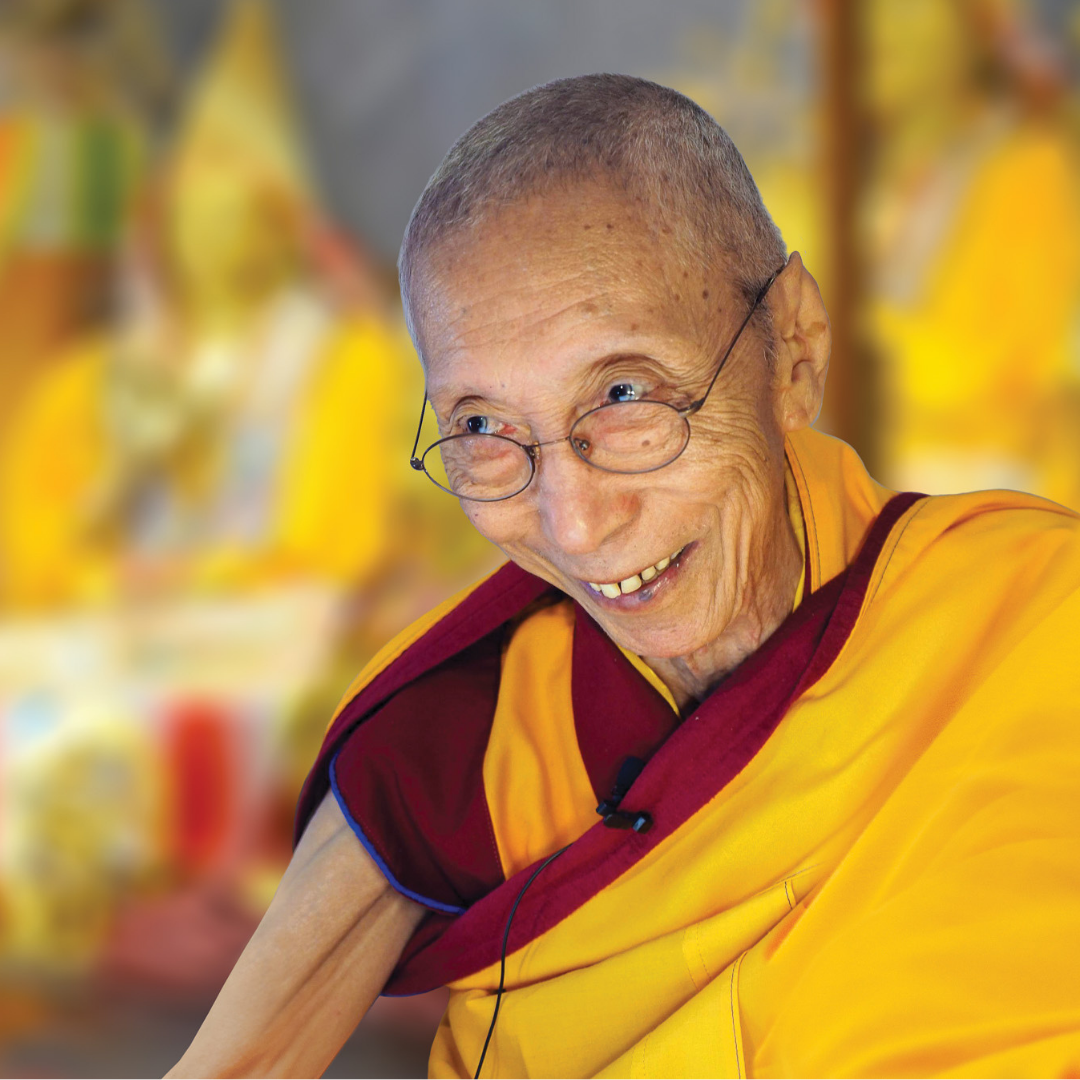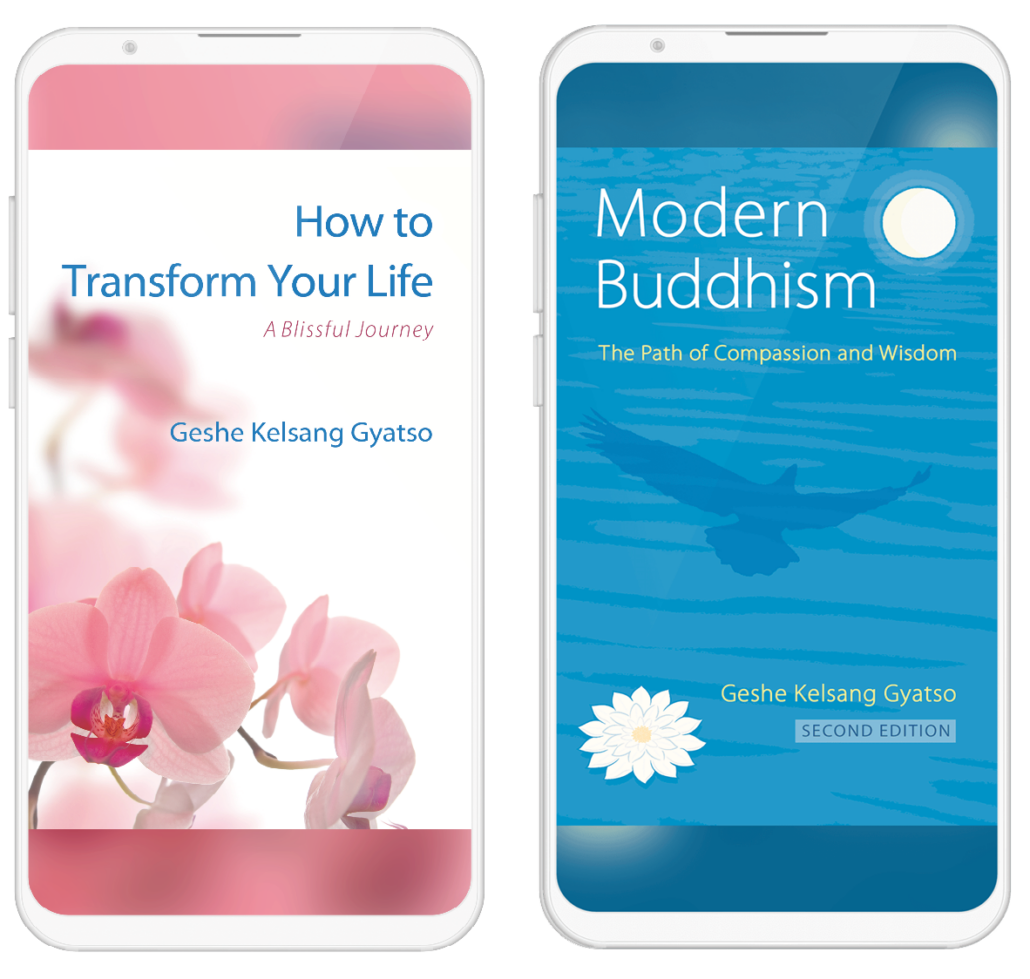Inspiring solutions
How to meditate
So much of the stress and tension we normally experience comes from our mind, and many of the problems we experience, including ill health, are caused or aggravated by this stress. Just by doing breathing meditation for ten or fifteen minutes each day, we will be able to reduce this stress.
We will experience a calm, spacious feeling in the mind, and many of our usual problems will fall away. Difficult situations will become easier to deal with, we will naturally feel warm and well disposed towards other people, and our relationships with others will gradually improve.

How to meditate?
1- Sit in a comfortable position with your back straight and relaxed. Rest your hands in your lap, partially close your eyes and let all your stress and tension fall away.
2 – Turn your attention inwards and become aware of your breathing. Don’t attempt to control your breathing – just become aware of it, and follow the inhalation and exhalation of your breath.
3- Gradually become aware of the sensation of the breath as it enters and leaves the nostrils. Focus on the sensation of the breath and try to forget about everything else.
4- Remain focussed on the sensation of the breath. If your mind wanders away from the breath, immediately let go of the distraction and come back to the breath.
5- Gradually your distracting thoughts will subside and you will begin to experience a sense of inner peace and relaxation.
6- Stay with this feeling of mental calm as long as you wish.
The first stage of meditation is to stop distractions and make our mind clearer and more lucid. This can be accomplished by practicing a simple breathing meditation. We choose a quiet place to meditate and sit in a comfortable position. We can sit in the traditional cross-legged posture or in any other position that is comfortable. If we wish, we can sit in chair. The most important thing is to keep our back straight to prevent our mind from becoming sluggish or sleepy.
We sit with our eyes partially closed and turn our attention to our breathing. We breathe naturally, preferably through the nostrils, without attempting to control our breath, and we try to become aware of the sensation of the breath as it enters and leaves the nostrils. This sensation is our object of meditation. We should try to concentrate on it to the exclusion of everything else.
At first our mind will be very busy, and it might even feel that the meditation is making our mind busier; but in reality we are just becoming more aware of how busy our mind actually is. There will be a great temptation to follow the different thoughts a they arise, but we should resist this and remain focused single-pointedly on the sensation of the breath. If we discover that our mind has wandered and is following our thoughts, we should immediately return it to the breath. We should repeat this as many times as necessary until the mind settles on the breath.
If we practice patiently in this way, gradually our distracting thoughts will subside and we will experience a sense of inner peace and relaxation. Our mind will feel lucid and spacious and we will feel refreshed. When the sea is rough, sediment is churned up and the water becomes murky, but when the wind dies down the mud gradually settles and the water becomes clear. In a similar way, when the otherwise incessant flow of our distracting thoughts is calmed through concentrating on the breath, our mind becomes unusually lucid and clear. We should stay with this state of mental calm for a while.
Even though breathing meditation is only a preliminary stage of meditation, it can be quite powerful. We can see from this practice that it is possible to experience inner peace and contentment just by controlling the mind, without having to depend at all upon external conditions.
When the turbulence of distracting thoughts subsides and our mind becomes still, a deep happiness and contentment naturally arises from within. This feeling of contentment and well-being helps us to cope with the busyness and difficulties of daily life.
FREE EBOOKS FOR YOUR WELL-BEING
- How to Transform Your Life – A great place to begin
- Modern Buddhism – A deeper study of Buddha’s teachings


